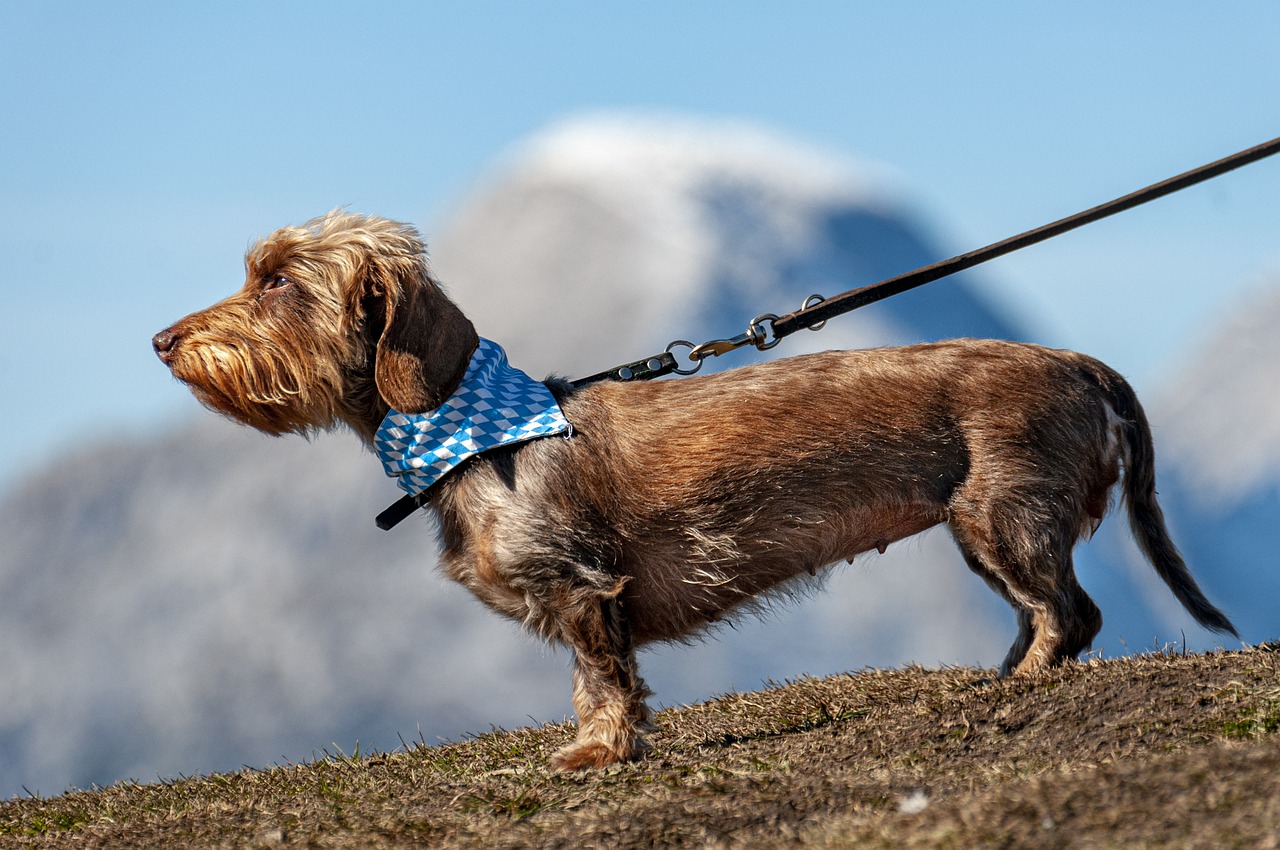My dog doesn’t want to go for a walk
Possible causes and solutions
Does your dog refuse to leave the house or stop walking halfway through the walk? Don’t worry, it’s more common than you think. From fears and bad experiences to physical discomfort, the causes can vary. Here we tell you how to identify the reason and help your dog rediscover the joy of going outside.
Although dogs love outdoor walks to exercise, sniff around and be with their humans, sometimes a dog may not want to walk or may not be enthusiastic about going outside. The key is to identify the reason and act patiently so that they can enjoy walks again.
⚪️Posible causes
- Previous negative experiences. A loud noise, a confrontation with another dog or pain during a previous walk can cause your dog to associate going outside with danger or discomfort.
- Excessive stimuli. If the environment is too noisy or crowded, some dogs feel overwhelmed and prefer not to go outside.
- Uncomfortable collar, leash or harness. Poorly fitting equipment that is too tight or causes chafing may be the reason for your dog’s reluctance to go for a walk.
- Stress or anxiety. Changes in routine, a tense atmosphere at home, the arrival of another animal, or even changes in the weather can make your dog feel insecure and unwilling to go outside.
- Injuries to paws or pads. Cuts, cracks, thorns or burns from heat or cold can cause pain and make them avoid walking.
- Poor socialisation. Dogs that were not exposed to different environments, people and animals as puppies may feel insecure when going out.
- Lack of habit. If they do not go for walks regularly, the street may be unfamiliar to them and cause them to refuse to go out.
- Health problems. Joint pain, dysplasia, neurological or muscular problems can prevent them from walking normally. If your dog suddenly stops walking, see your vet immediately.
- Age and stage of life. Puppies may feel overwhelmed and older dogs may have less energy or pain that limits their mobility.



⚪️How to help your dog enjoy walks
✔Identify the cause. Observe their behaviour and check their paws. If you suspect a physical problem, visit the vet before forcing them to go out.
✔ Start gradually. Take short, quiet walks, avoiding noisy or crowded areas. Let them explore at their own pace.
✔ Make the walk a positive experience. Use treats, petting or their favourite toy to associate it with something pleasant.
✔ Adapt the walk to their age and physical condition. Puppies and older dogs need shorter, slower walks.
✔ Check their equipment. Make sure their collar, harness or leash is comfortable and fits properly.
✔ Offer alternatives. If they don’t want to go out, play with them at home or in the garden to keep them active.
✔ Be patient. Don’t drag or force them; progress should be gradual and without pressure.
📌Remember: every dog progresses at their own pace. With observation, patience and proper care, your companion will enjoy every walk again.
If you notice that their refusal persists or you suspect a health problem, go to your trusted veterinary clinic where they will help you find the cause and the best solution.

